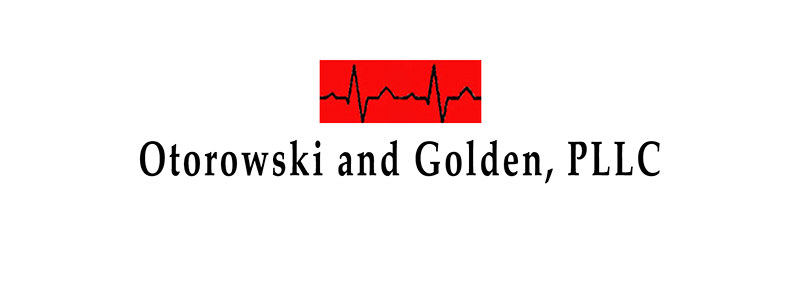When you love dogs, every pup or pooch that comes your way deserves your soulful admiration and complete attention, no matter if you’ve known the dog for years or if you’ve only just met. You may feel driven to reach out, approvingly pat the dog on the head, and scoop your new four-legged friend in your arms.
But despite your good intentions, this loving behavior may invoke fear in the pup and trigger aggression in certain animals. In extreme cases, the dog may growl, nip, or even bite to ward off your unwanted advances.
So how should you properly greet an unfamiliar dog?
1. Don’t Approach the Dog First
Imagine a complete stranger running up to you and putting his or her hands in your face. Though the expression seems friendly enough, you may feel uncomfortable or nervous when another person invades your personal space.
As with people, dogs feel nervous or violated when others rush up to them without warning. They may duck and cower as you come close, or they may try to scare you away in order to feel safe.
Do Ask for Permission
Although many dogs are friendly, some family pets may require additional training before they feel ready to interact with strangers. Other pups may have a traumatic history that leaves them feeling vulnerable when a human seems too aggressive. And certified dogs have a specific job to do, and they can’t properly help their owners if you pose as a distraction.
Before you ever approach a dog, always ask the owner for permission to come closer or to pet the pooch. If the owner says yes, approach slowly at a relaxed walk and let the dog come the rest of the way to you.
2. Don’t Squeal or Shout Your Excitement
Some little balls of fur are so cute and adorable that you can’t help but point them out. A squat short-legged corgi or a fluffy Pomeranian may seem worthy of the world’s cuddliest dog award, but you probably shouldn’t shout that opinion to their face.
Many dogs have an innate fear of loud noises, and most dogs have an acute sense of hearing much more pronounced than in humans. When you coo, scream, squeal, or shout, you may make the pooch more nervous.
Do Softly Praise the Dog for Good Behavior
Dogs respond best to calm language and soft gestures. To avoid seeming too aggressive, turn your side or back toward the dog and avoid making steady, direct eye contact. If you wish, crouch down, without looming over the dog, to make yourself look like less of a threat. If the dog comes shyly up to sniff your hand, you can encourage him or her with a gentle “good boy” or “good girl.”
3. Don’t Grab the Head and Force a Kiss
Some patient pooches will tolerate the worst behavior. A good-natured dog may try to ignore your loud shouts or stand still enough for you to pat his or her back.
However, many dogs draw the line at forced or rough physical contact. When you try to grab a tail or pick up a paw, the dog may pull away. If you try to grab his or her head and swoop in for a kiss, you may find yourself face to face with teeth rather than soft puppy fur.
Do Respect the Dog’s Comfort Levels
Dogs, like people, have the right to say no. As you interact with the pup, watch out for signs that he or she might not appreciate your presence. If a dog changes position to avoid contact with your hand, recognize that he or she has had enough. If the dog starts to back away, stop petting or approaching and simply admire the pooch from a distance.
Did You Get Bitten Anyway?
Although the above greeting techniques will help you have positive interactions with new and unfamiliar pups, remember that every dog behaves a little differently. Some nervous breeds will still snap out of fear, and other aggressive dogs may bite you for coming too close, even if the owner gave you permission.
If you exercised appropriately cautious behavior around an unfamiliar dog and still received a bite, make sure to seek medical attention and to contact your personal injury lawyer for advice.
